On October 17, the Novel Particles in Solid Universe Joint Symposium, co-hosted by the Future Science Prize and Shanghai Jiao Tong University (SJTU) was held at Tsung-Dao Lee Institute (TDLI), SJTU.
The symposium brought together a distinguished group of participants, including Li Deng, Science Committee Member of the Future Science Prize, Xu Yiming Endowed Chair Professor, Vice President at Westlake University; Zhenbin Yang, Secretary of the CPC SJTU Committee; Academician Jie Zhang, former President of SJTU and Director of TDLI; Academician Jian-Wei Pan, Vice President at the University of Science and Technology of China; Academician Hong Ding, Deputy Director of TDLI; Xi Dai, Professor at Hong Kong University of Science and Technology (HKUST) and T. D. Lee Chair Professor (Adjunct) at TDLI; Ady Stern, Professor at the Weizmann Institute of Science and a member of the Israel Academy of Science and Humanities; Denny Zhang, Foundation Donor of the Future Science Prize, Chairman of the Board of Red Avenue New Materials Group Co., Ltd./Founder and Honorary Chairman of Red Avenue Foundation; Guohua Yuan, Party Secretary and Chairman of Shanghai State-owned Capital Investment Co., Ltd (SSCI); and Dai Minmin, Deputy Secretary of the Party Committee and President of SSCI.
The symposium attracted over 200 participants, including faculty and student representatives from SJTU faculty, students, and members of the public. It was livestreamed on 19 media platforms, drawing over 130,000 online views. The opening remarks and academic talks were co-hosted by Jie Zhang and Olivia Xu, presenter from Phoenix Satellite Television, while the panel discussion was moderated by Jian-Wei Pan.
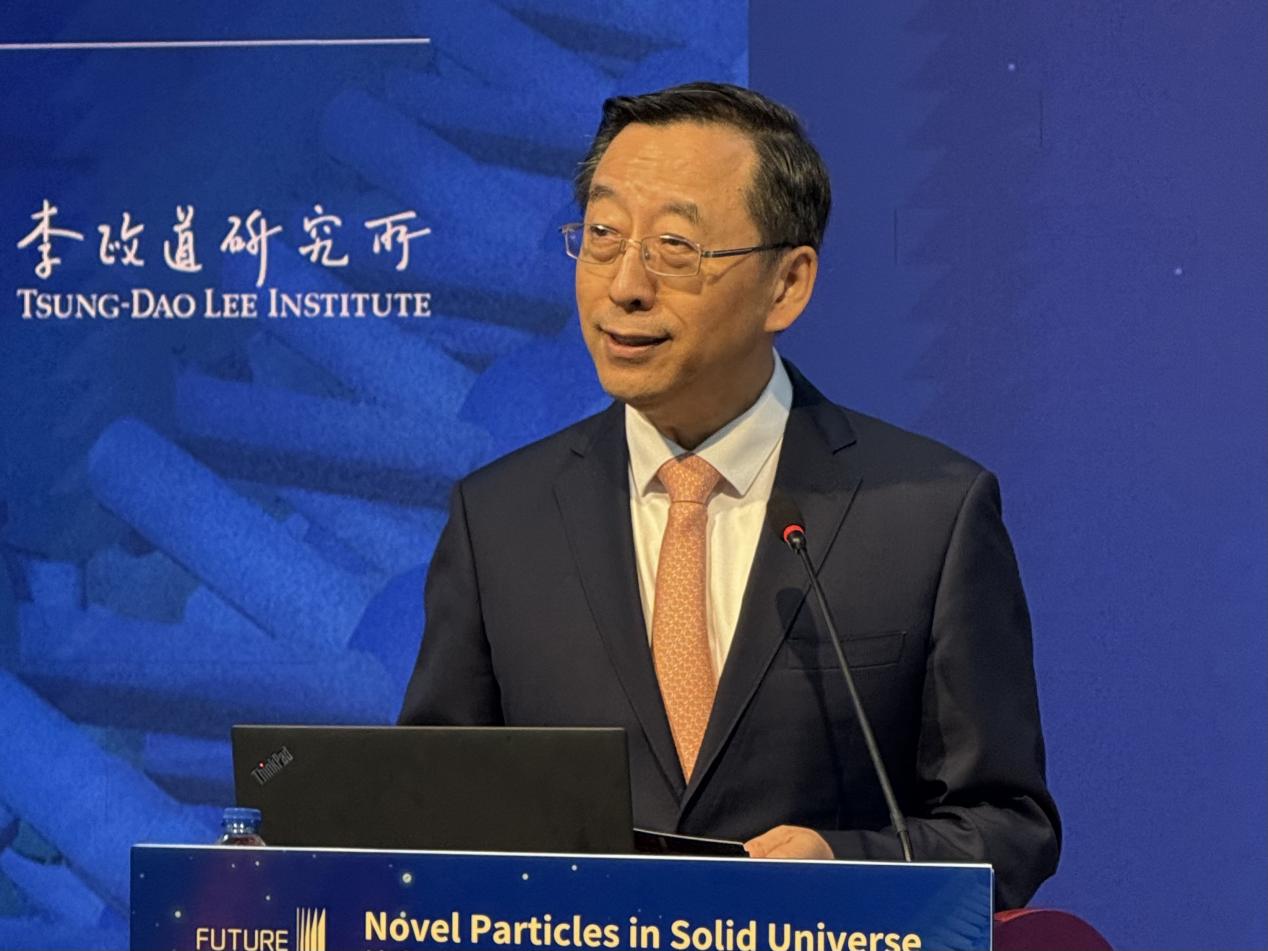
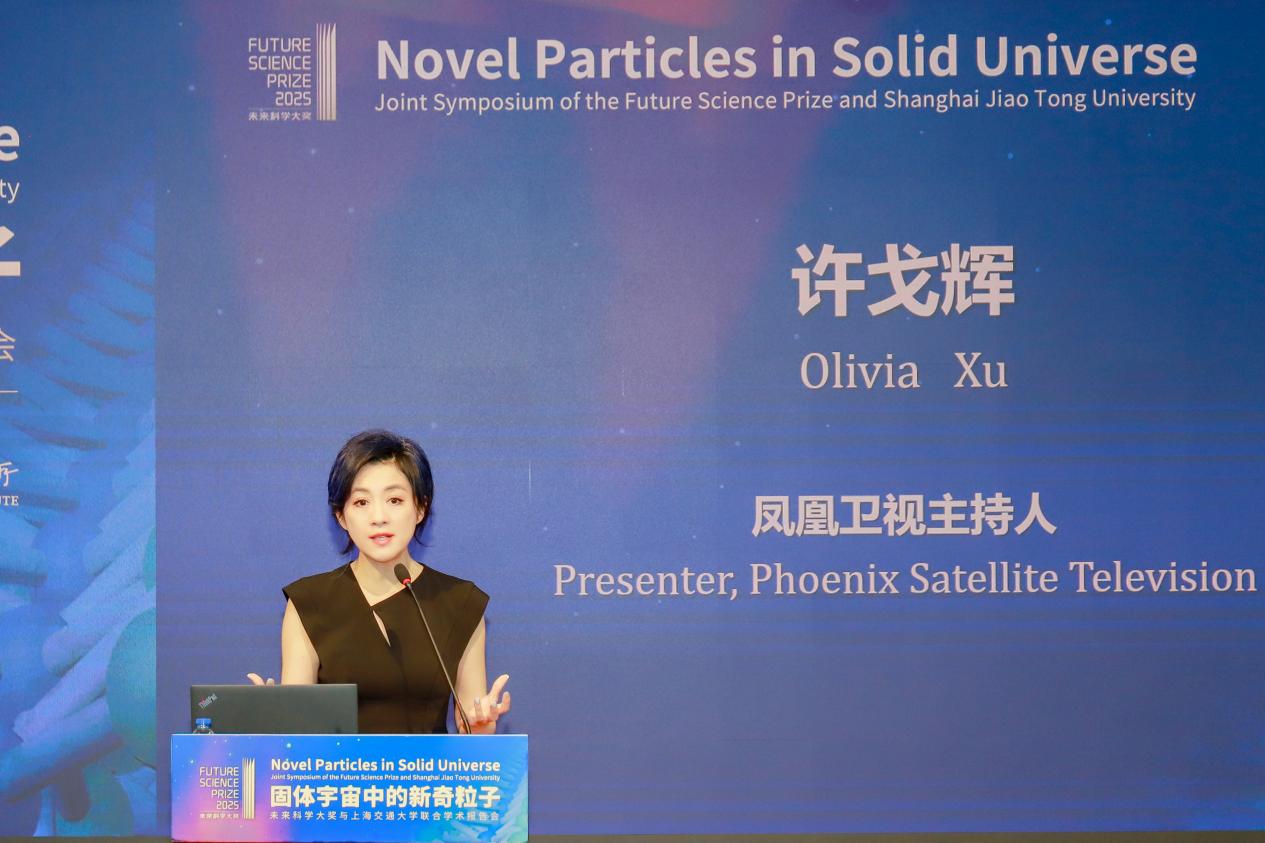
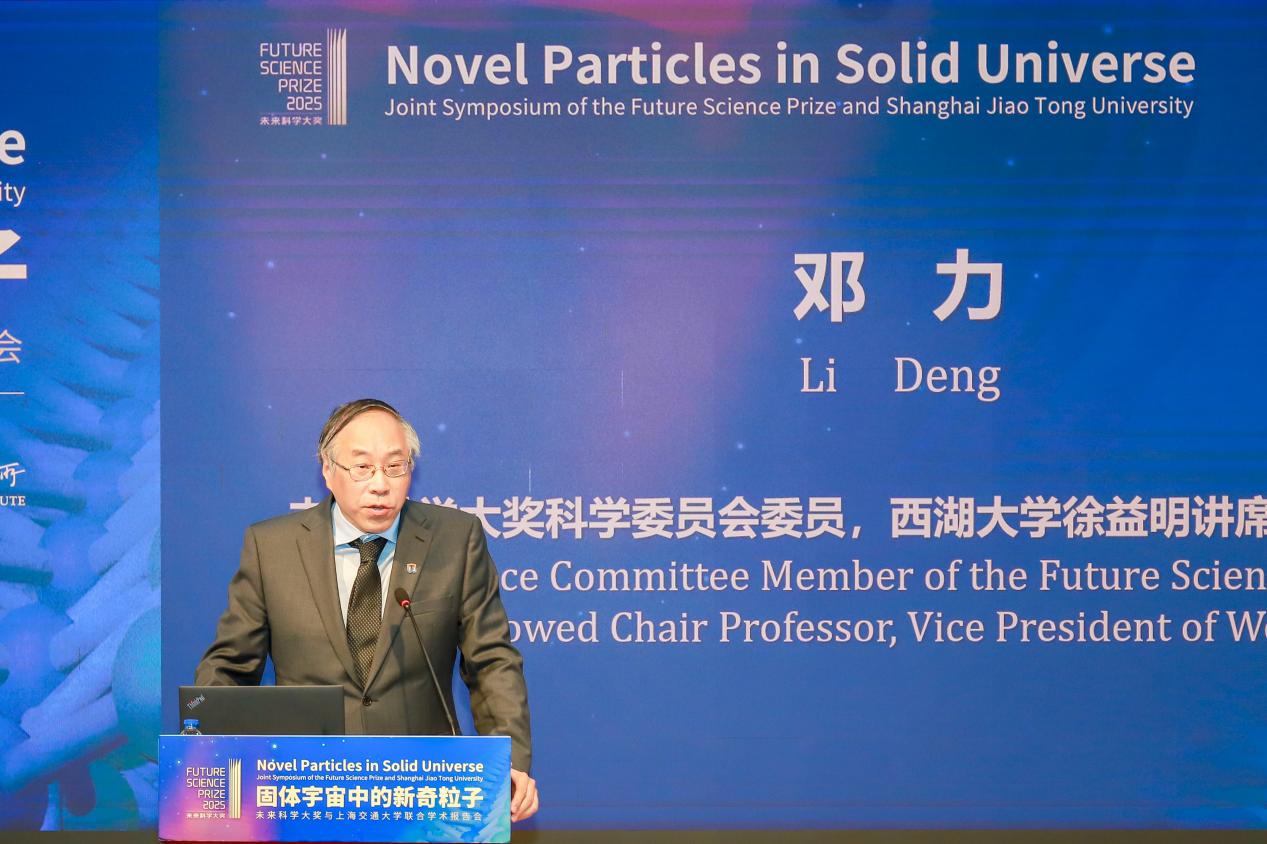
On behalf of the Future Science Prize, Li Deng delivered the opening address, warmly welcoming all guests and congratulating the 2025 Future Science Prize laureates in Physical Sciences—Professors Zhong Fang, Xi Dai, and Hong Ding—for their outstanding contributions to the computational prediction and experimental realization of topological electronic materials.
Since its inception, the Future Science Prize has recognized 46 exceptional scientists in life sciences, physical sciences, and mathematics and computer science, injecting sustained momentum into scientific advancement in China and beyond.
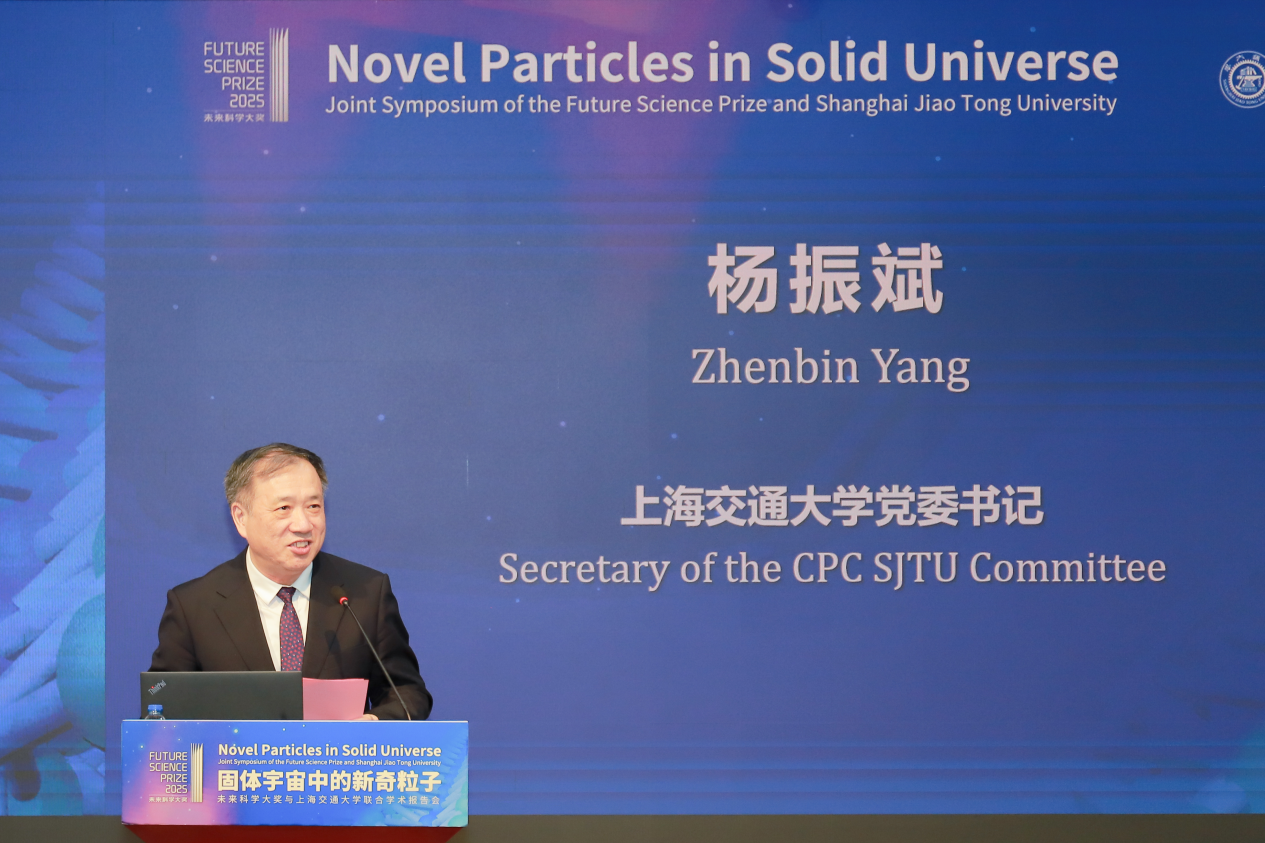
In his remarks, Zhenbin Yang extended a warm welcome to all guests and congratulated the award-winning scientists. He highlighted the important contributions of Professor Hong Ding, an SJTU alumnus and faculty member, and Professor Xi Dai, an adjunct chair professor at TDLI, in advancing research on topological states of matter and quantum materials.
Yang emphasized SJTU’s longstanding commitment to fundamental research and its goal of building a world-class university, fostering an open, collaborative, and dynamic innovation ecosystem. By co-hosting this high-level symposium with the Future Science Prize through TDLI, he hoped to inspire faculty and students to take these outstanding scientists as role models, embrace innovation, and contribute to the advancement of fundamental science.
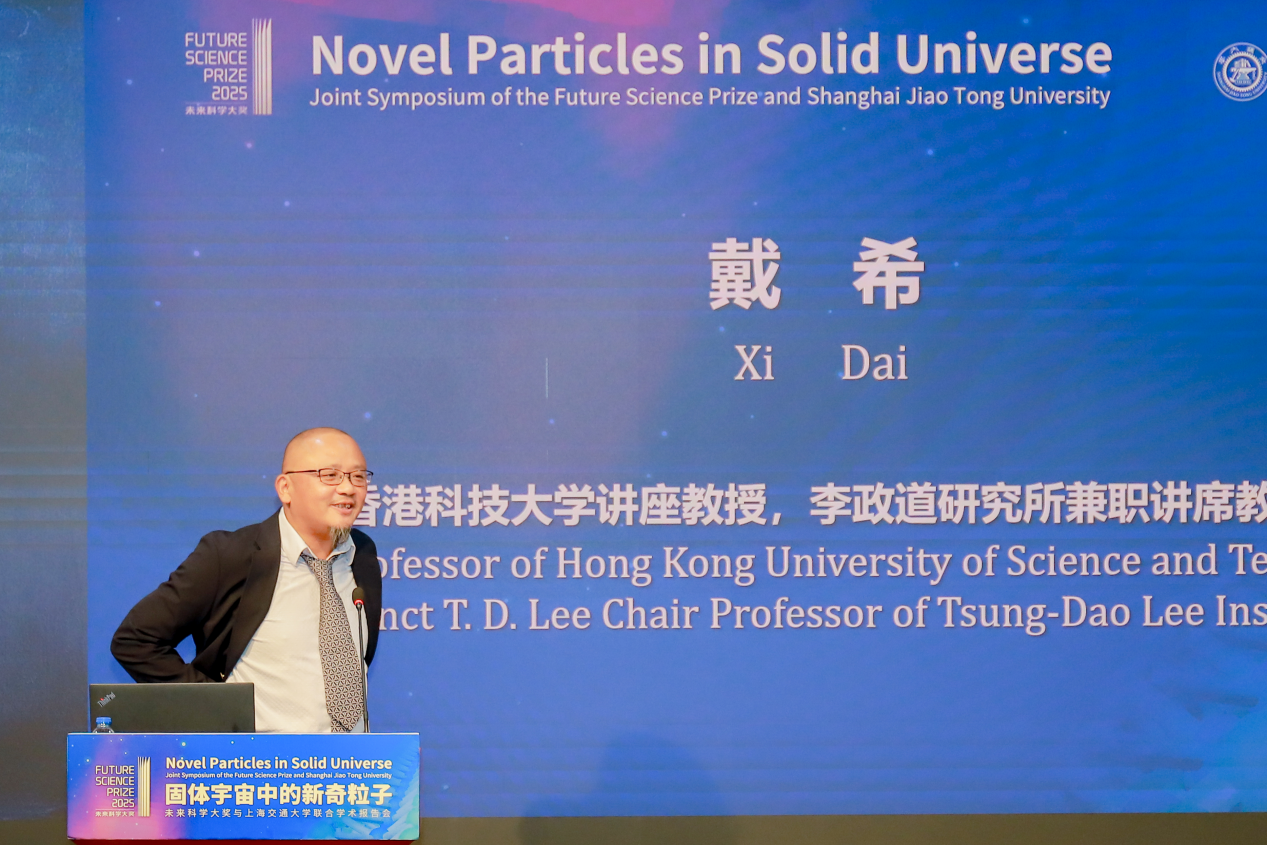
Professor Xi Dai delivered the keynote speech “From quantum anomalous Hall effect to orbital magnetism: theoretical models and realistic materials”. First, he traced the historical development of the Hall effect, gradually delving into the core of modern research on topological states of matter, and providing a detailed explanation of the concept of insulators and its evolution.
Then he focused on explaining the mechanism behind the Quantum Anomalous Hall Effect (QAHE), which enables dissipationless chiral edge current without a strong external magnetic field. He particularly emphasized the key role of Van-Vleck paramagnetism in inducing topological transition in dilute magnetic doped semiconductor to achieve the QAHE.
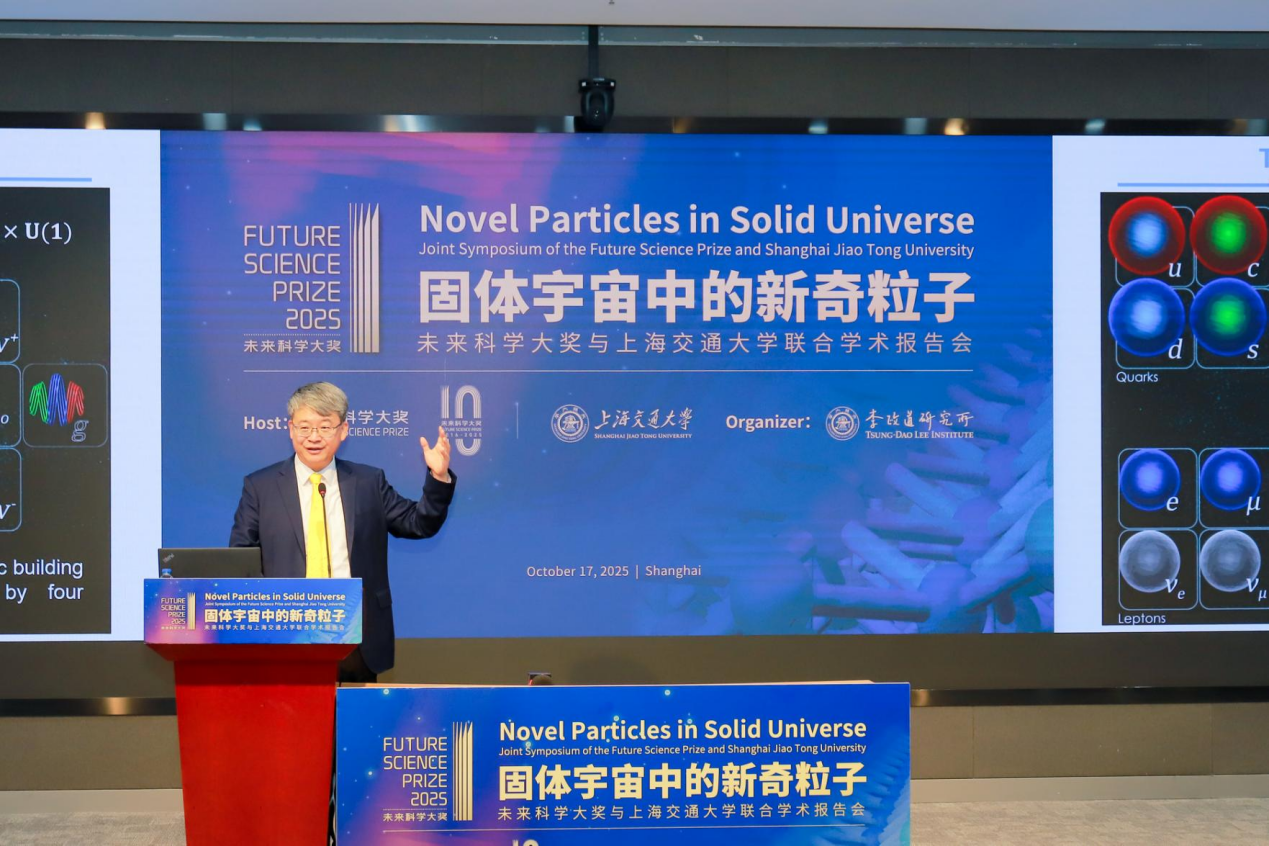
In his keynote speech “Novel quasiparticles in solid universes: from Fermion to Anyon”, Professor Hong Ding drew a clever analogy between the standard model of particle physics and condensed matter physics, pointing out that within the complex “solid universe”, there are quasiparticles which may obey the same physical laws as fundamental particles in high-energy physics.
He shared his team’s milestone in the experimental discovery of Weyl fermions and introduced anyons in two-dimensional solid systems, particularly the progress in observation of Majorana anyons in Fe-based topological superconductors. Finally, he introduced a recent discovery on fractional vortex, which is distinct from conventional integer flux quantization, opening new research directions in superconducting physics.
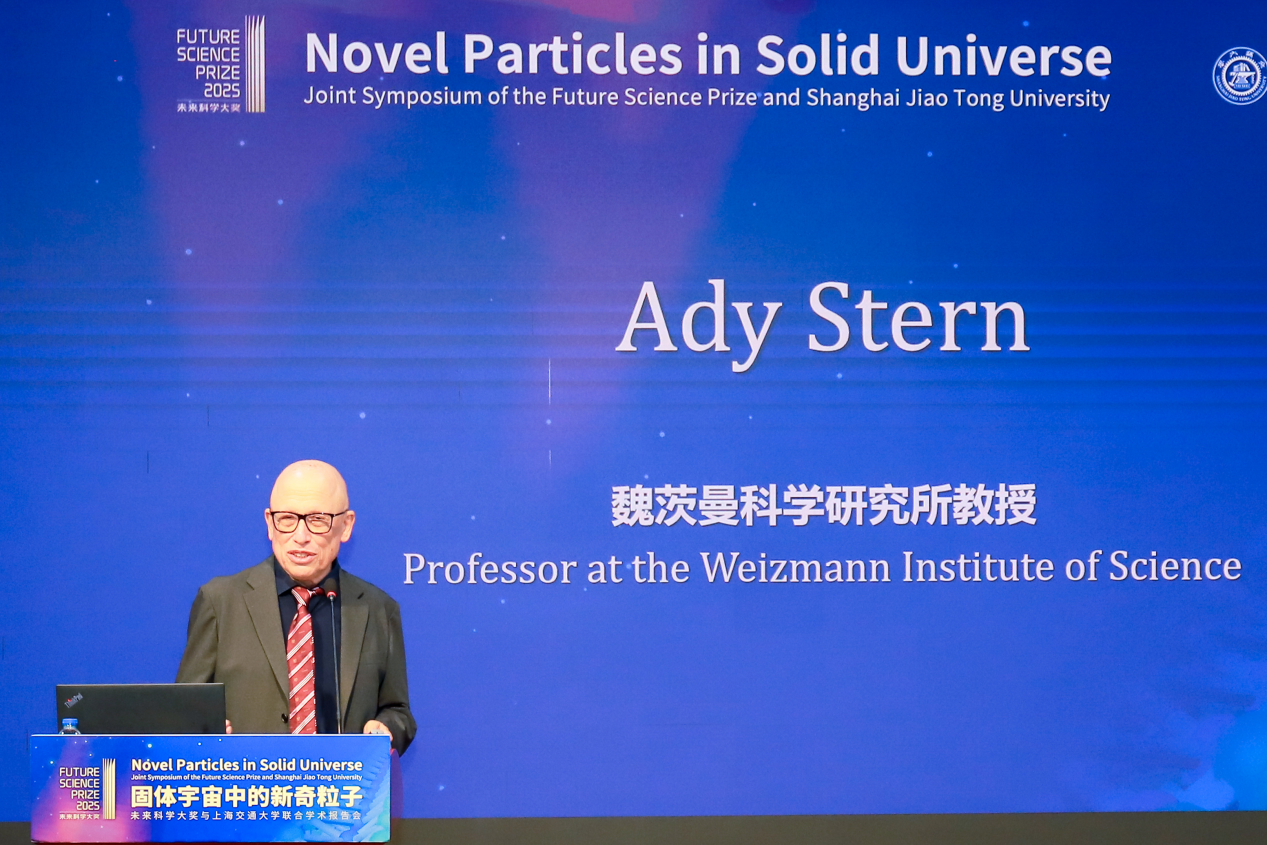
Ady Stern delivered a keynote report titled “Fractionalized Hall states - old and new”. He focused on the remarkable realm of the fractional quantum Hall effect (FQHE) dominated by strong electron-electron interactions, systematically tracing its evolution from the initial discovery of FQHE to the more recent identification of the fractional anomalous quantum Hall effect (FQAHE).
He emphasized that electron-electron interactions lie at the heart of these phenomena. Stern also introduced several novel concepts such as fractional charge, composite fermions, and non-Abelian anyons, and mentioned the promising outlook of integrating fractional quantum Hall systems with superconductors. This integration, he noted, would bring new opportunities for realizing and manipulating topological order within many-body quantum systems.
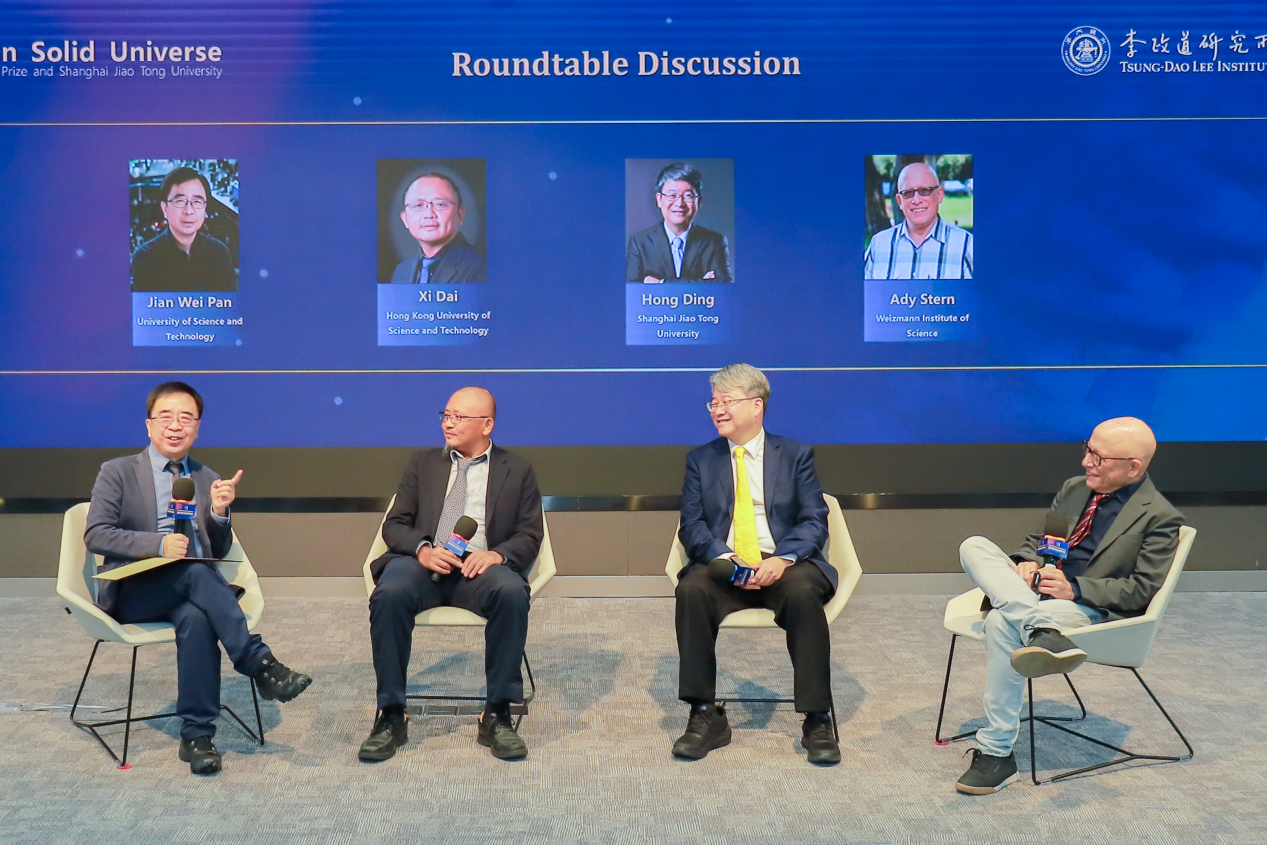
During the roundtable discussion, Jian-Wei Pan engaged in an in-depth dialogue with the three speakers—Xi Dai, Hong Ding, and Ady Stern—on topics such as “the journey of collaboration,” “future opportunities and challenges in topological materials,” and “the impact of AI on scientific research.” They also took questions from faculty and students in the audience.
Xi Dai and Hong Ding reflected on their collaborative journey, which evolved from initial experimental observations to theoretical breakthroughs. Hong Ding noted that data from topological superconductors may conceal new physical insights, while Xi Dai shared his team’s cross-disciplinary efforts to uncover deep connections between topological properties and superconductivity.
Ady Stern underscored the need for precise experimental validation to drive applications of topological materials. Hong Ding expressed confidence in the realization of topological qubits, emphasizing their error-correction advantages for next-generation quantum computing. In response, Jian-Wei Pan drew inspiration from this year’s Nobel Prize in Physics to share his outlook on the future of topological quantum computing.
Xi Dai added that while AI excels at data processing, it still faces limitations in understanding physical mechanisms and creative reasoning, highlighting the importance of deeper integration between AI and physical modeling in the years ahead.
Through a series of cutting-edge presentations and in-depth discussions, the symposium showcased the latest advances in topological states of matter and quantum materials. Looking ahead, TDLI Institute will continue to strengthen fundamental research, promote original innovation from the ground up, and inspire the next generation to scale new heights in science—contributing wisdom and strength to building China into a global leader in scientific and technological innovation.
Editor on Duty: Tao Qingxiao


